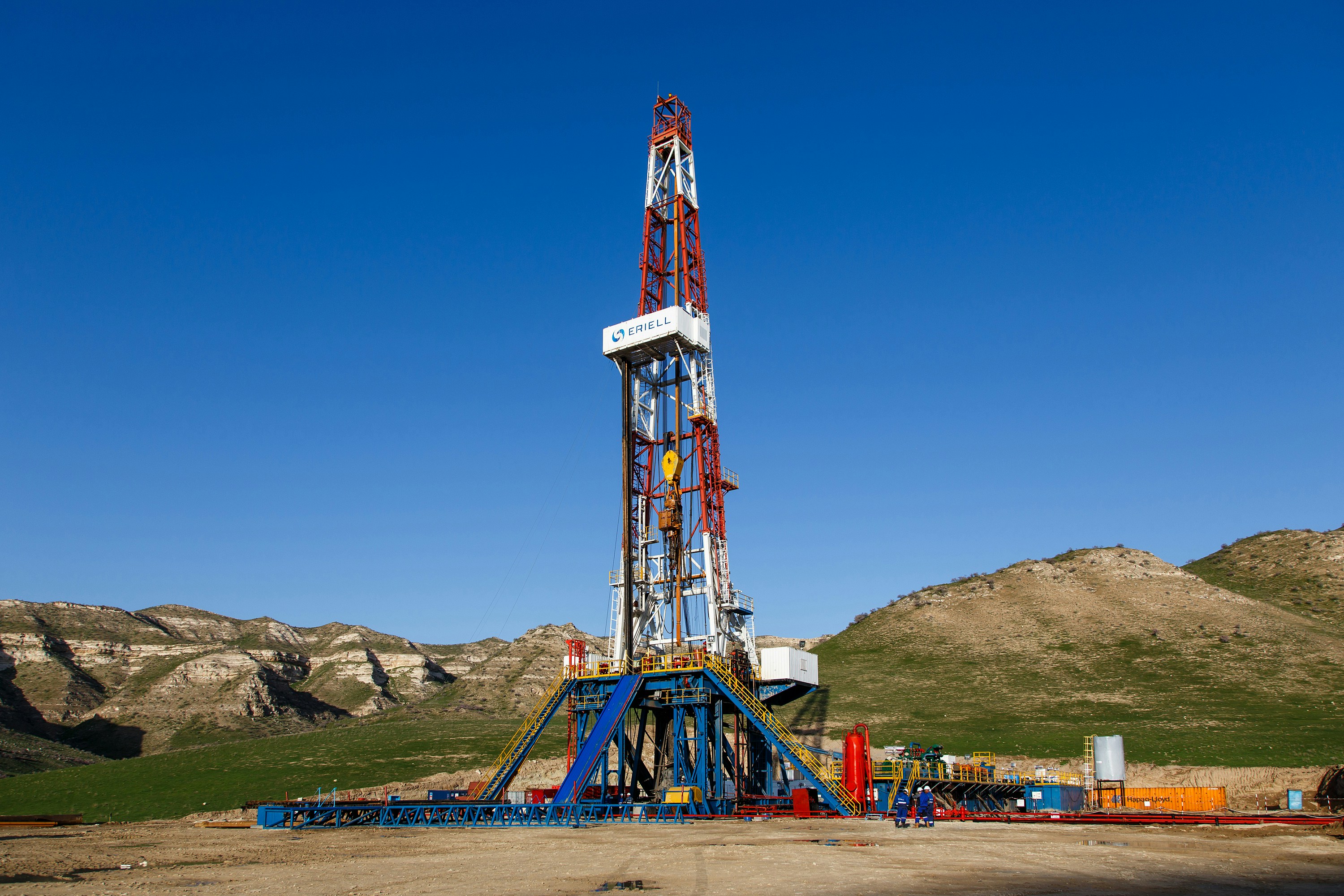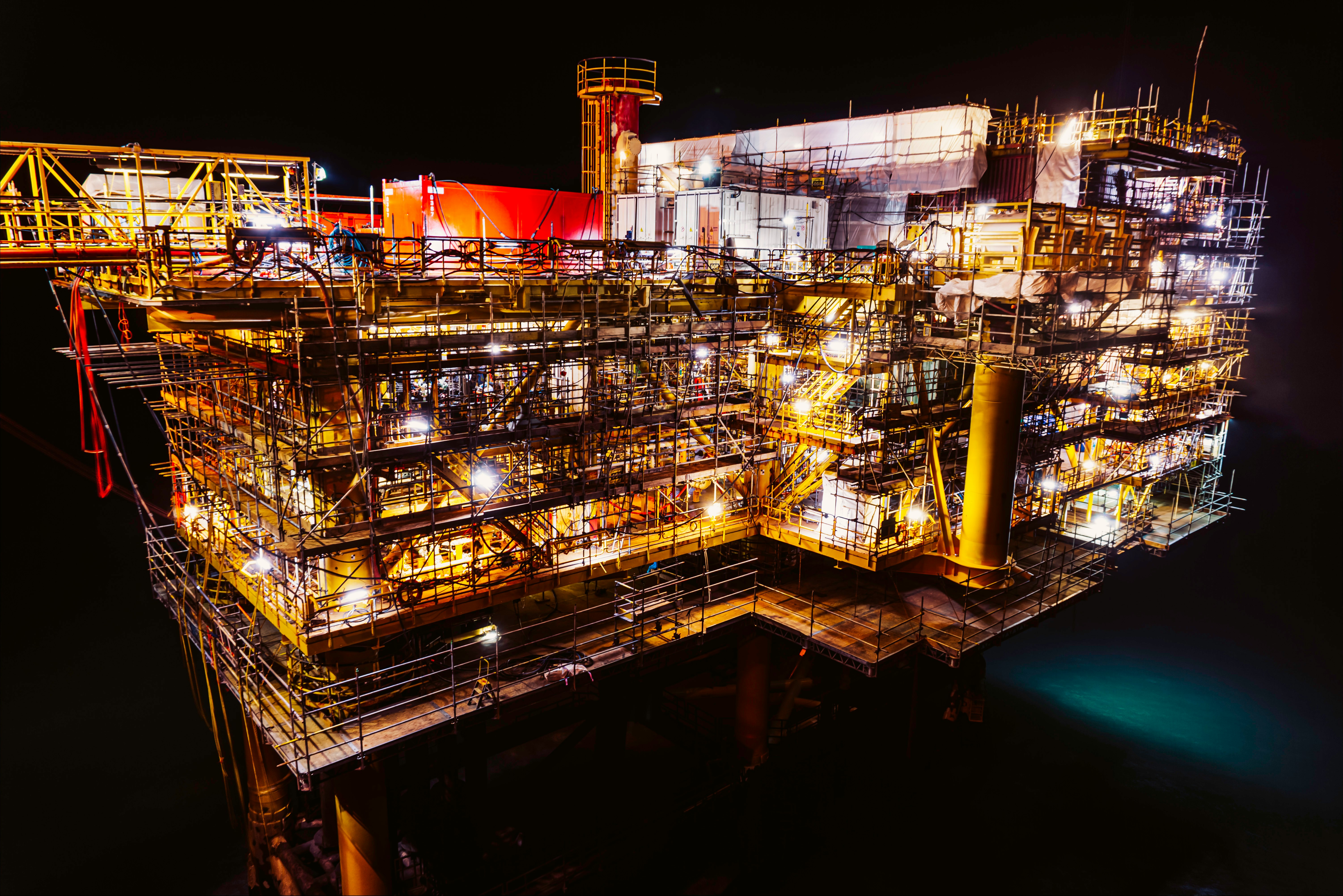The oil and gas industry is at a crucial juncture, facing both challenges and opportunities as it adapts to evolving market demands and technological advancements. Oil rigs and platforms, the linchpins of offshore drilling operations, are undergoing significant transformations driven by these market trends. This post delves into how these trends are not only influencing operational strategies but also accelerating the technological evolution of oil rigs.
Enhanced Recovery Techniques
With the maturation of oil fields and the decline in easy-to-access reserves, the industry is turning towards enhanced oil recovery (EOR) techniques to maximize output. Techniques such as water flooding, gas injection, and thermal recovery are becoming increasingly sophisticated, thanks to improvements in technology. These methods require advanced machinery and software to be installed on rigs, pushing the boundaries of traditional oil extraction technologies.
The Rise of Automation and Robotics
Market pressures for greater efficiency and safety have catalyzed the adoption of automation and robotics on oil platforms. Automated drilling systems, remotely operated underwater vehicles (ROVs), and autonomous inspection drones are becoming standard on modern rigs. These technologies reduce the need for human presence in dangerous offshore environments, cut operational costs, and enhance the precision of drilling and maintenance operations.
Digitalization and Real-Time Data Analytics
The digital transformation is a significant trend across all industries, and the oil sector is no exception. Oil rigs equipped with IoT sensors can collect and analyze data in real time, leading to more informed decision-making. Predictive maintenance, operational optimization, and resource management are all enhanced through the integration of big data analytics, improving efficiency and reducing downtime.
Renewable Energy Integration
As the global economy moves towards sustainable energy solutions, the oil industry is also exploring how to integrate renewable energy sources into its operations. Some forward-thinking companies are retrofitting oil platforms to include solar panels and wind turbines. This not only helps to power the rigs more sustainably but also aligns with broader environmental goals and regulatory requirements.
Adapting to Price Volatility
Oil price volatility remains a constant challenge and drives the need for cost-effective, resilient technologies on rigs. In response, the industry is developing more modular and adaptable rig designs that can be easily scaled up or down depending on the oil price environment. This flexibility allows companies to maintain profitability even during periods of low prices, without halting production entirely.
Conclusion
The intersection of market trends and technology is creating a new era for oil rigs and platforms. These advancements are not merely enhancements; they are essential for the industry's survival and future growth in a world that demands both energy and environmental stewardship. As these trends continue to evolve, they will undoubtedly shape the future of offshore drilling in profound ways.




